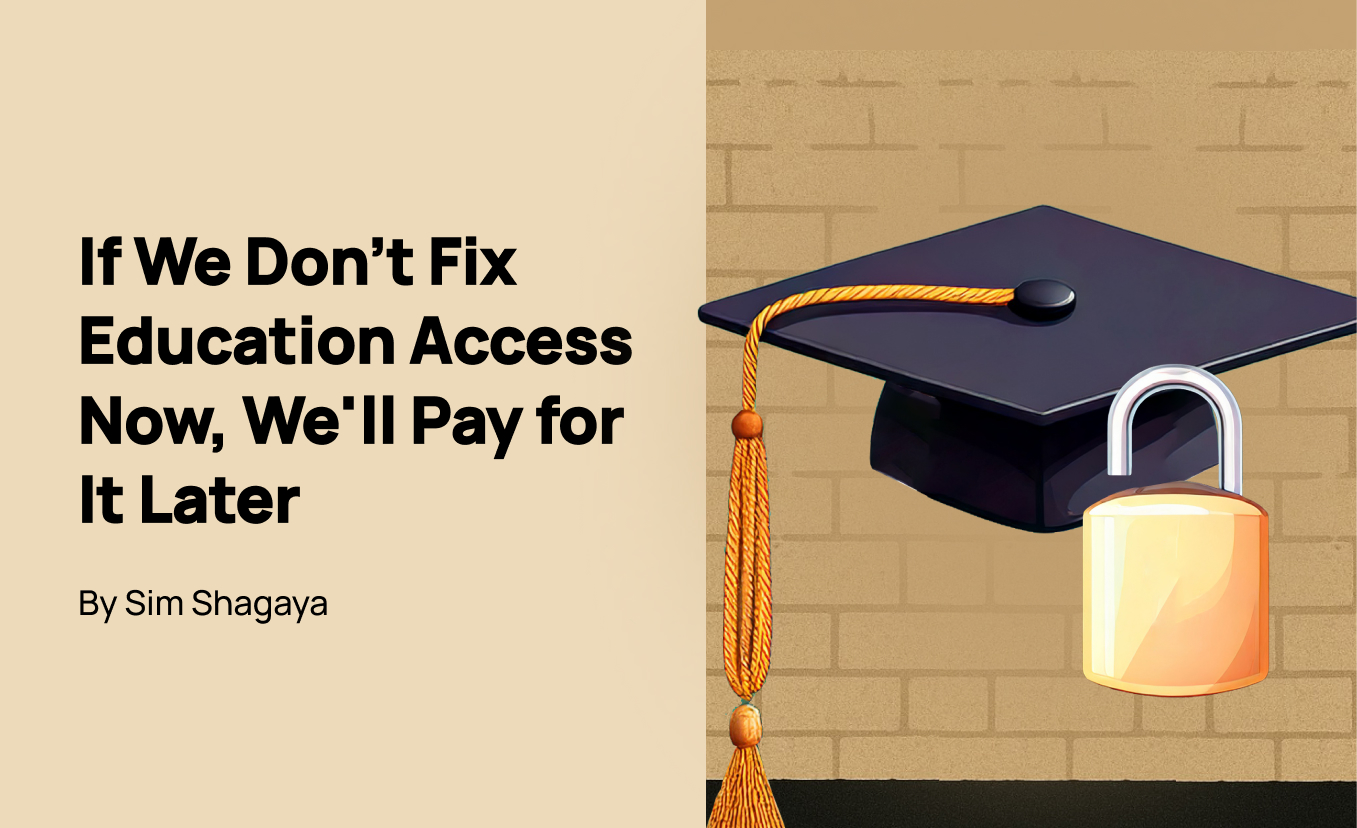When we talk about education in Africa, particularly in Nigeria, we often focus on what is broken. But I want to begin differently, by recognising what is being built.
In recent years, government agencies like the Universal Basic Education Commission (UBEC) and the National Universities Commission (NUC) have made visible efforts to expand access to learning. The federal and some state governments have invested in infrastructure, curriculum reform, and public-private partnerships. New universities have been licensed. Digital learning tools are being introduced in schools. These are real efforts, and they deserve to be acknowledged.
But recognition must be coupled with realism. Despite these strides, we are still falling behind because the scale of the challenge continues to outpace the scale of our response.
A Crisis That Is Already Here
We often talk about Africa’s education crisis as if it is a distant threat. It is not. It is already shaping our economies, our politics, and our futures. According to UNESCO, over 98 million children and youth in sub-Saharan Africa are out of school. According to the National Universities Commission (NUC), Nigeria’s universities can only admit about 700,000 students annually, out of over 2 million applicants. This is not due to a lack of ambition. It’s simply that there are not enough seats.
I have seen this firsthand through the work we do at uLesson, which serves hundreds of thousands of secondary school students across the continent. I’ve received messages from students who live 60 kilometres from the nearest school or who have to share a single textbook with three siblings. In some households, the uLesson app is the only structured learning tool available.
At Miva Open University, Nigeria’s first licensed and operational private open university, when we opened admissions, the response was alarming: thousands of prospective students were eager to study, many for the first time. It was clear to us; the hunger for higher education is there, but the opportunity is not.
And this is where the real danger lies: when young people are motivated but excluded. When talent exists in abundance, but pathways do not. That is when frustration turns into disillusionment and sometimes into something far worse.
What Happens When We Underinvest
When we underinvest in education access, the cost does not just show up in exam results. It shows up in youth unemployment, which now stands at over 53% in Nigeria, according to recent labour reports. It shows up in the informal economy, in migration pressures, and in widening inequality. It shows up in the dreams deferred, millions of young people who could be building businesses, healing patients, teaching classrooms, or innovating solutions if only they had access to the education that unlocks those paths.
And critically, it shows up in security. Studies show a strong correlation between low education access and the risk of social instability. We cannot expect peace where opportunity is systemically denied.
We also see the knock-on effects in the economy. A poorly educated population means reduced productivity, a smaller tax base, and a generation less equipped to tackle the challenges of climate change, urbanisation, and technological disruption. The world is changing rapidly, and without scalable systems to educate our young people, we risk being left behind in every sector that matters.
The Good News: It Can Be Done
What encourages me is that we are not powerless. In fact, we are already seeing what works.
At uLesson, we’ve seen how mobile-first design and localised content can transform a child’s experience with science or maths. One student from Jos told us he used to fear chemistry until he watched a lesson about acids and bases using examples from his kitchen. Now, it’s his favourite subject.
At Miva, we built a full-stack digital university in less than a year, complete with curriculum, admissions, faculty, student support, and accreditation. We did it because we had to. And we did it because we believed it was possible. Our students now attend lectures on their phones, get AI-powered study support, and are on track to earn accredited degrees entirely online.
We’ve also learnt that scale requires localisation. Students are not just users; they are humans navigating social, cultural, and economic realities. Designing for Africa means designing with context. That includes payment systems, offline access, native languages, and relatable examples.
These are not pilot projects. They are systems at scale. And they are proof that education in Africa can be reimagined, not someday, but today.
How We Can Support Government and Funders
To sustain the progress already being made, we in the private and civic sectors can play a more active, collaborative role. One way is by reinforcing the view that education access is not just a social good; it is economic infrastructure and a national security priority. Just as we invest in roads, power, and broadband, we must recognise that investing in learning systems is foundational to national development.
Another area where we can lend support is in helping government and funders move from standalone tools to integrated systems. While educational apps, devices, and content libraries are valuable, real transformation comes from ecosystems that connect content to mentorship, assessment, support, and real-world skills. This is where many private actors, especially those with technology and operational capabilities, can partner meaningfully.
Lastly, we can work to create better conditions for innovation. The private sector is already filling significant gaps in access, but more can be done to align innovation with national goals. This includes supporting policies that provide regulatory clarity, encouraging blended finance mechanisms, and building models that are both sustainable and scalable.
This is not a call for government to step aside; it’s an invitation to deepen collaboration. The public sector brings legitimacy, reach, and continuity. The private sector offers speed, flexibility, and specialised capacity. When these strengths come together with shared purpose, remarkable things become possible.
A Note on Tone and Urgency
I do not share these thoughts with judgement. I’ve worked within this system long enough to understand the constraints. But I also know that constraint must never become an excuse. Our children will not wait. And history will not care how difficult it was, only whether we rose to the challenge.
We are sitting on a volcano of potential. We can either light the fire of innovation or let it explode in frustration. The choice is ours.
Final Thought
Africa is not short on talent. It is short on time. The longer we delay, the more costly the price we pay, not just in GDP points, but in the lives and futures of millions.
If we get serious about scale, partnership, and context-driven execution, we can give this generation the gift of opportunity and give this continent the foundation it deserves.
Let’s not wait until it’s too late.



3 Responses
Thank you so much, Sir, for shedding light on the urgent need to address education access in Africa. Your insights on the importance of scalable solutions, local context, and public-private partnerships are spot on. I’m particularly passionate about initiatives that make education more accessible in Nigeria, and I believe that innovative approaches like uLesson and Miva Open University can play a crucial role in bridging the gap and unlocking the potential of our young people.
Thank you so much for sharing this. I look forward to an Africa with opportunities for many. Thank you for all you and your team are doing
Thank you for sharing this piece. At Prince Casper Foundation, we are making a small contribution to provide access to quality education in underserved rural communities in Nigeria. Our 6 Million Impact Grant is currently open. If you know any teacher doing remarkable work against the odds, visit our website to learn more and apply.